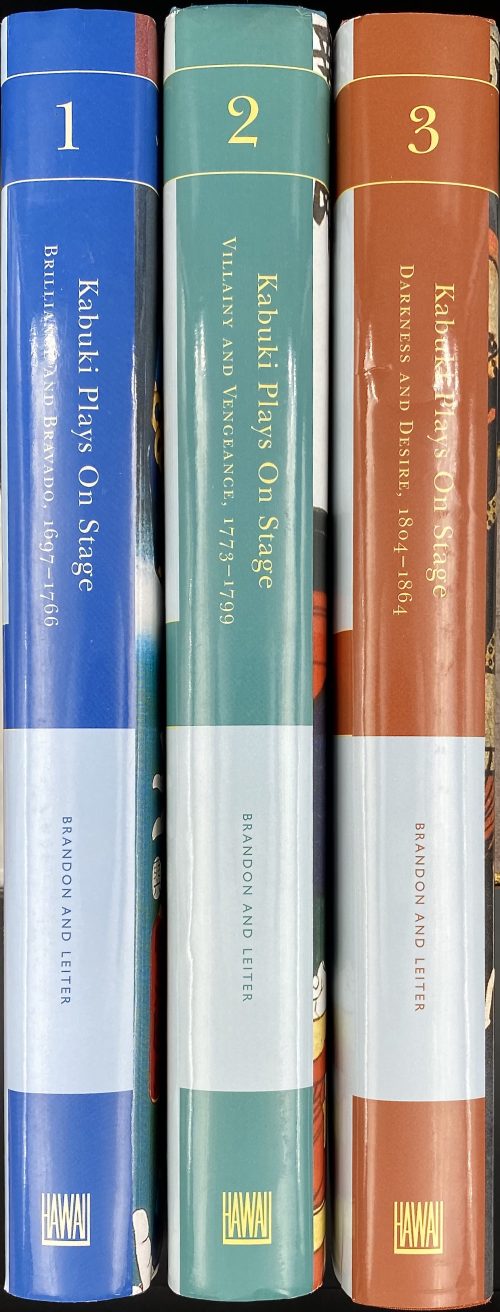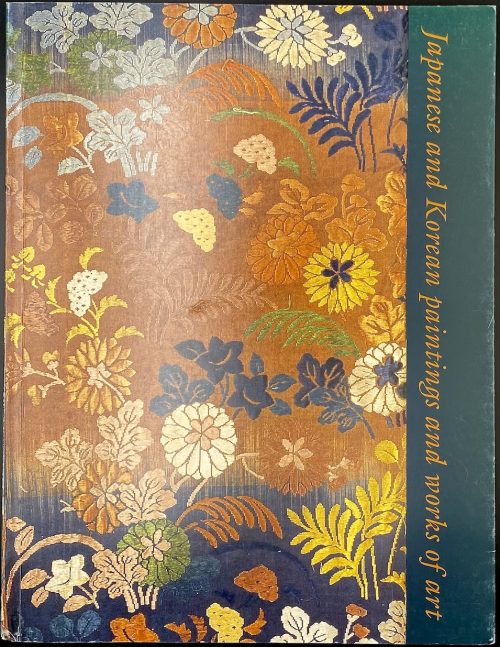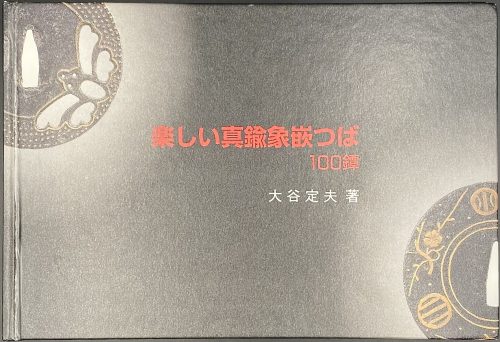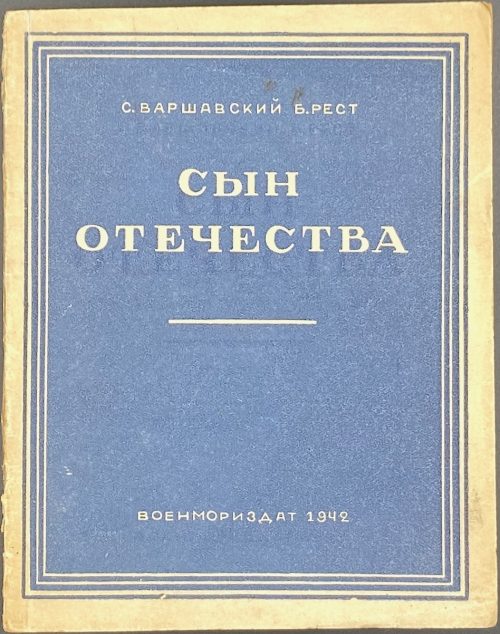Title: LUCRETIA BORGIA | THE CHRONICLE OF TEBALDEO TEBALDEI | – RENAISSANCE PERIOD – | BY ALGERNON CHARLES SWINBURNE | Commentary and Notes by | RANDOLPH HUGHES | Engravings by | REYNOLDS STONE | {vignette} | Printed and Published for the first time, by | The Golden Cockerel Press | 1942 ||
Pagination: ffl, [1, 2] – blank, [3, 4] – t.p. / dedication, [5, 6] – contents / stanza; 7-191 [192] – blank, [4], bfl.
Collation: 4to in eights; [A]-M
4 [L]
2; 6 woodcut headpieces before each chapter, one repeated (7 total); two leaves in each sig., [A
1] unsigned, M
1 one leaf, the following two leaves signed M
2, then follows signed M
3 and the last two leaves (L
2) unsigned.
Edition (as per colophon): Numbered limited edition of 350, of which this is copy № 33.
Binding: cream canvas, gilt-stamped with portrait in an oval ornamental frame to cover, gilt lettering and publisher’s device to spine, top edge gilt, fore and bottom edges untrimmed; by Sangorski and Sutcliffe (marked).
Description: Printed and Published for the first time, by The Golden Cockerel Press, 1942, Numbered Limited Edition in full cream cloth binding bound by S. & S. [Sangorski and Sutcliffe] London, with gilt decoration to the centre of the front board. Copy No. 33. Commentary and notes by Randolph Hughes. Engravings by Reynolds Stone. Text partially in double columns, untrimmed edges. Printed by Christopher Sandford and Owen Rutter in Poliphilus Type (Based on the type used for the text of the '
Hypnerotomachia Poliphili' published in 1499 by
Aldus Manutius) on specially water-marked Golden Cockerel paper made by
Arnold & Foster. Preparation of the Edition was begun in January 1940 and finished in October 1942. 350 copies have been printed and the type has been distributed. Nos 1-30 are bound in full-bound white morocco and include a facsimile reproduction of the manuscript of one chapter of the text. Nos 31-350 are bound in canvas.
Contributors:
Swinburne, Algernon Charles (British, 1837 – 1909) – author
Hughes, Randolph William (Australian, 1889 – 1955) – author
Stone, Alan Reynolds (British, 1909 – 1979) – engraver
The Golden Cockerel Press (Company, London, 1920 – 1961) – publisher/printer.
Rutter, Edward Owen (British, 1889 – 1944) – printer.
Sandford, Christopher (British, 1902 – 1983) – printer.
Taylor, Harold (Hal) Midgley (1893 – 1925) – publisher/printer.
Tebaldeo, Antonio (Italian, 1463–1537) – prototype.
Borgia, Lucrezia (Spanish-Italian, 1480 – 1519) – heroine.
Wilson, Sir Arnold Talbot (1884 – 1940) – dedicatee.
Sangorski & Sutcliffe (Company, London, est. 1901)
Sangorski, Francis (British, 1875 – 1912)
Sutcliffe, George (British, 1878 – 1943).




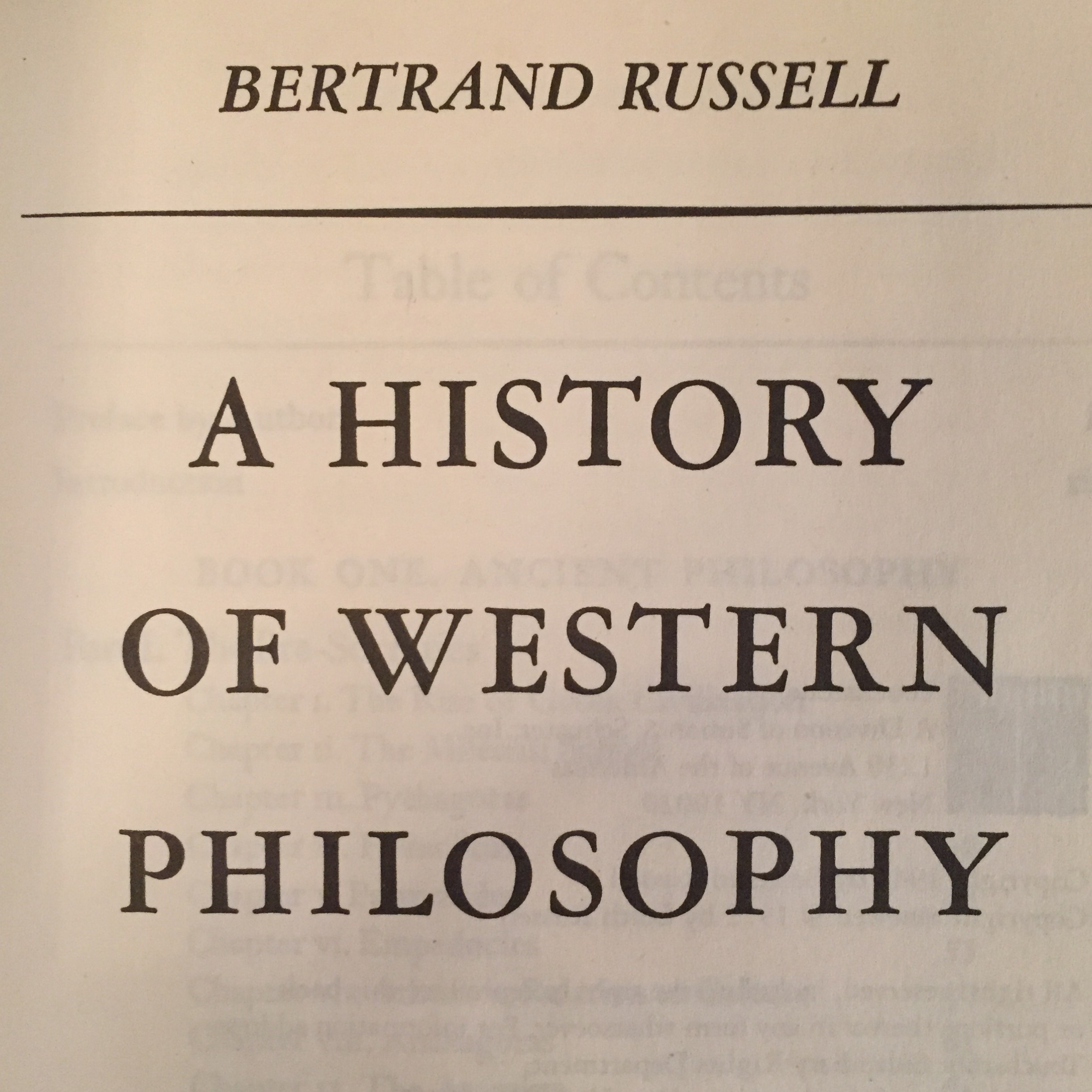







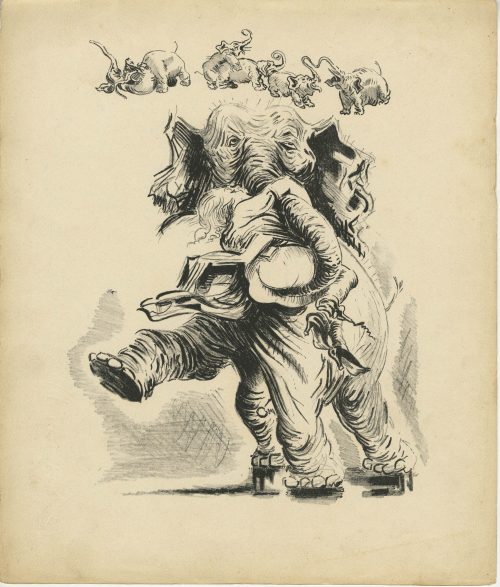
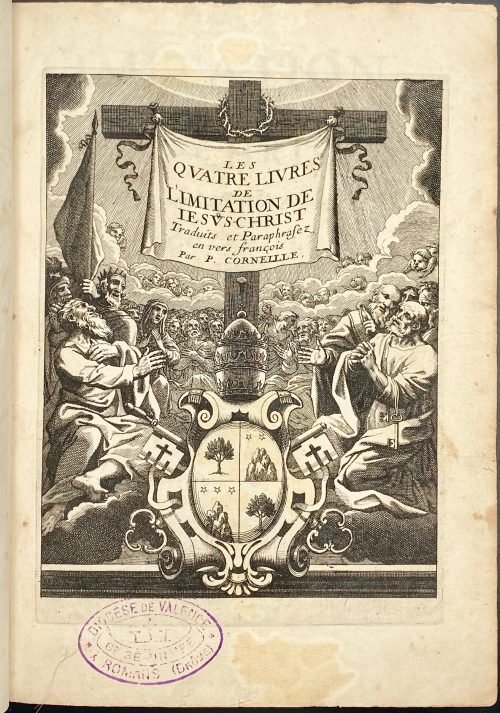
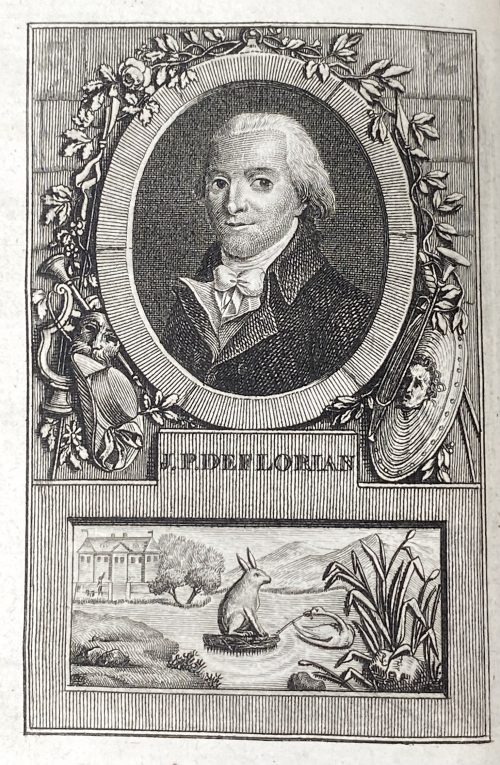

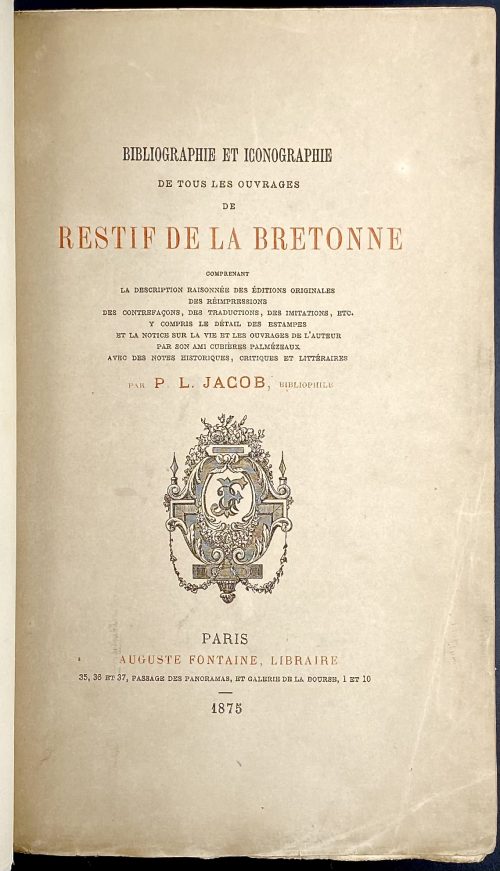
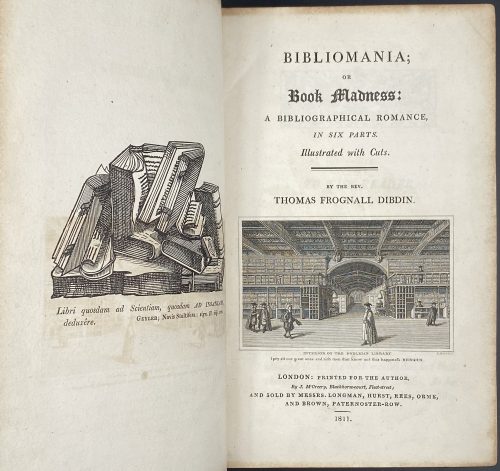
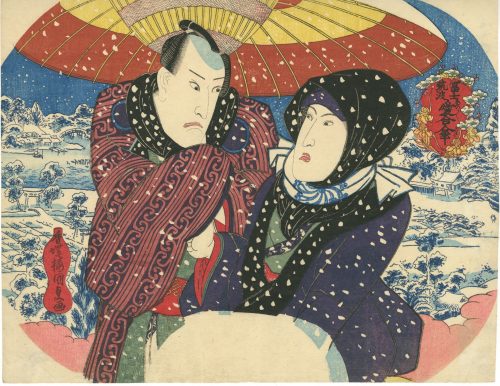




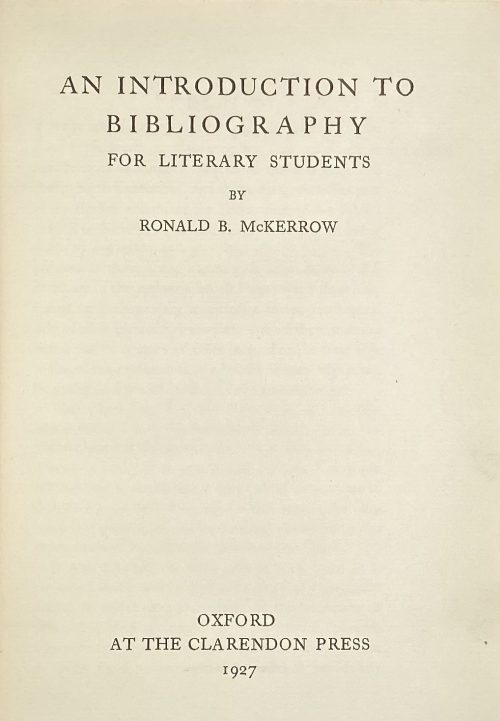
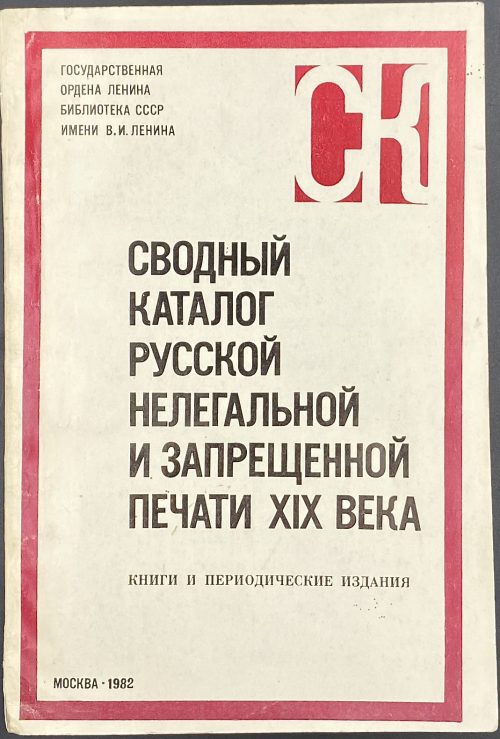
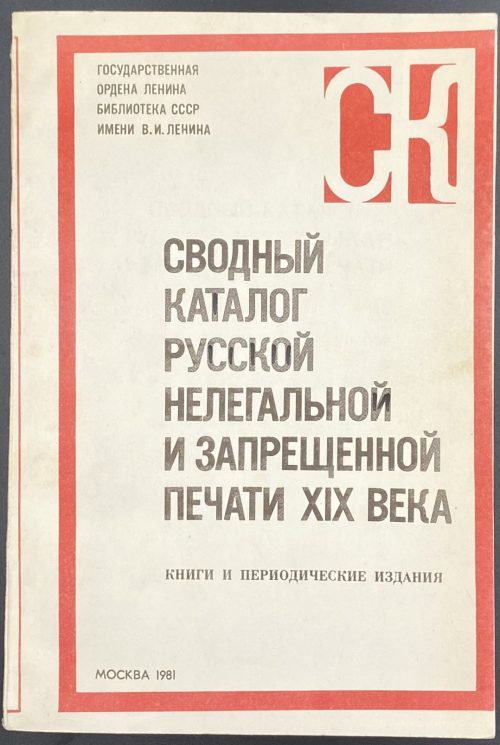
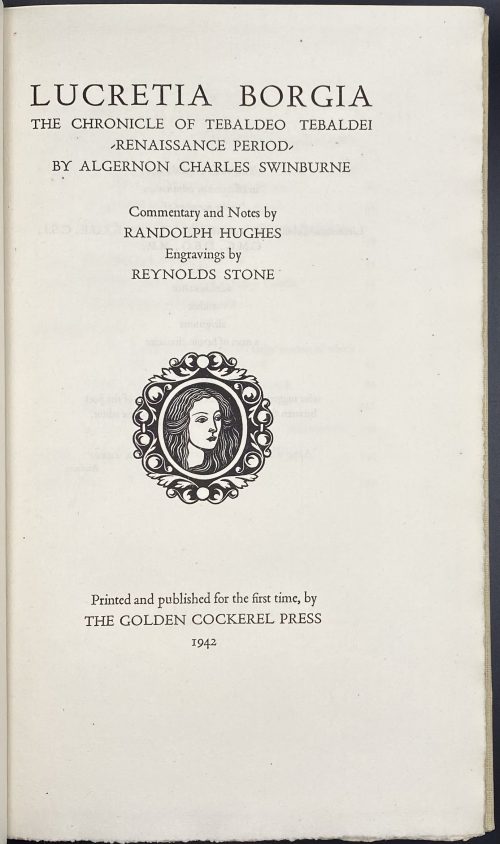
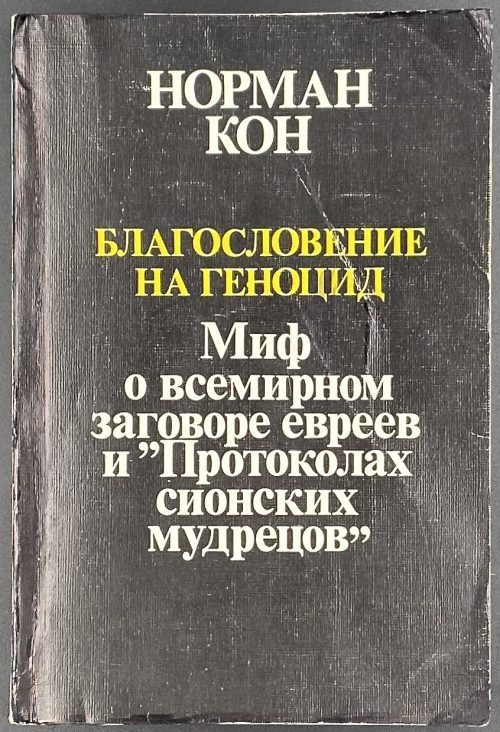
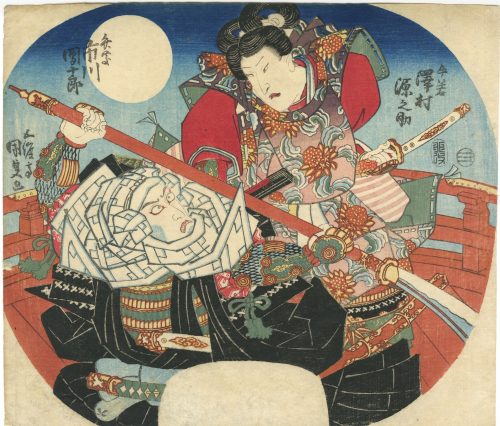

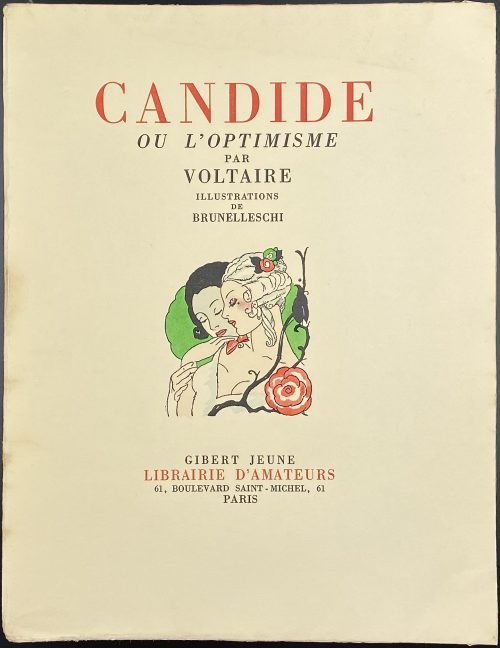
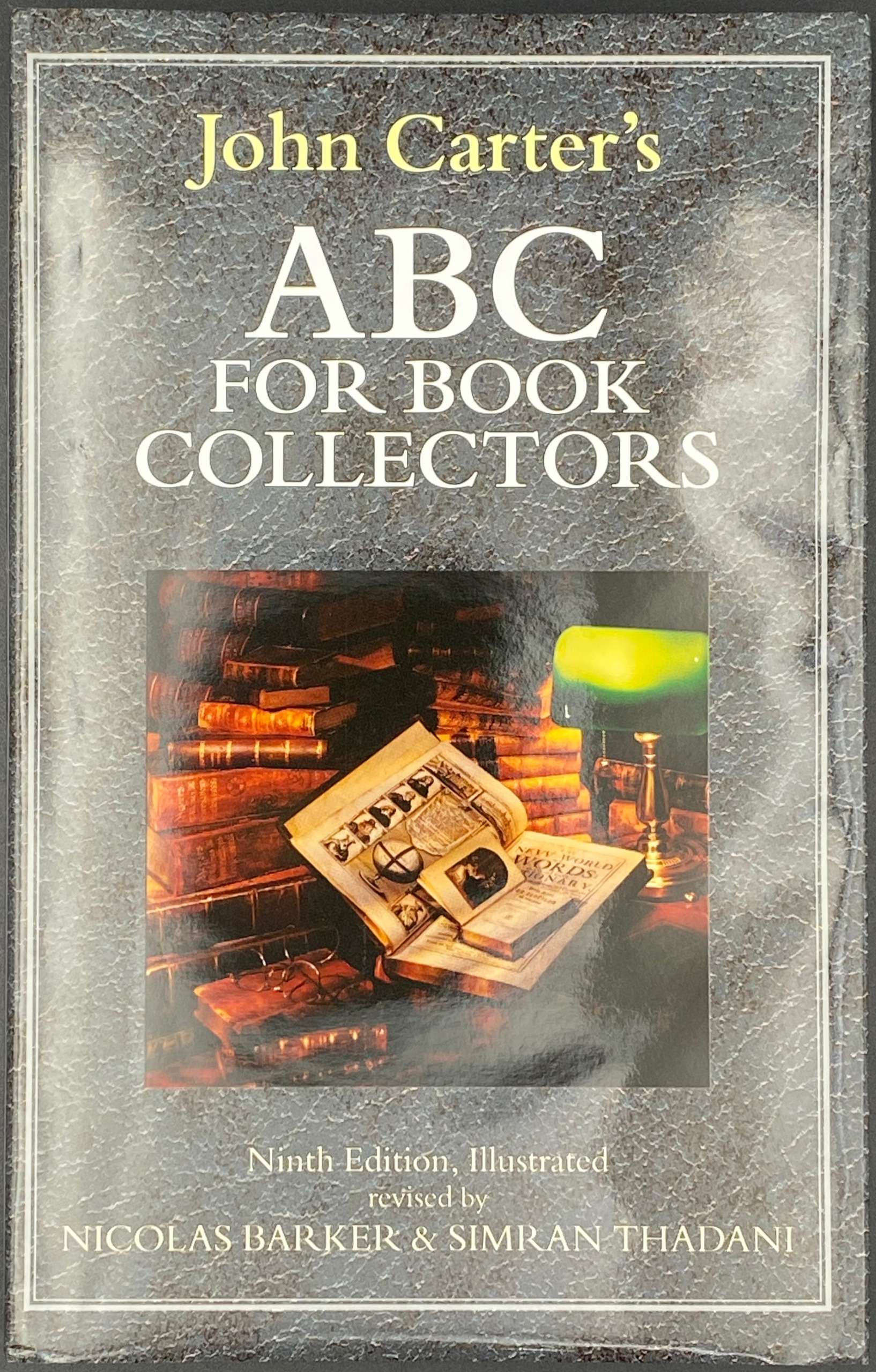
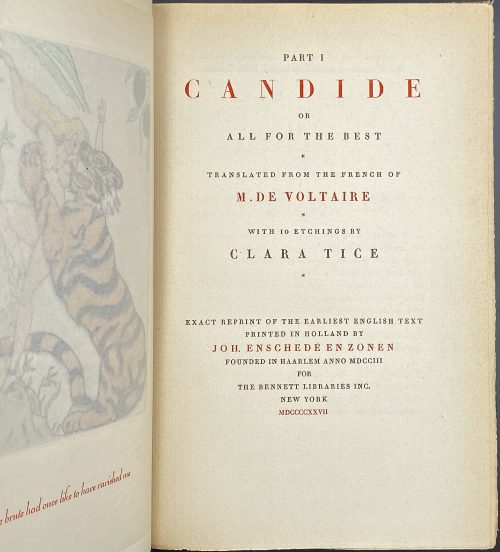
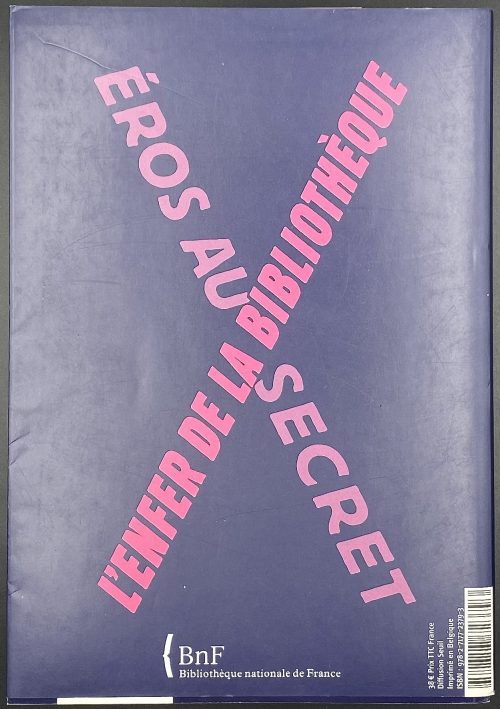
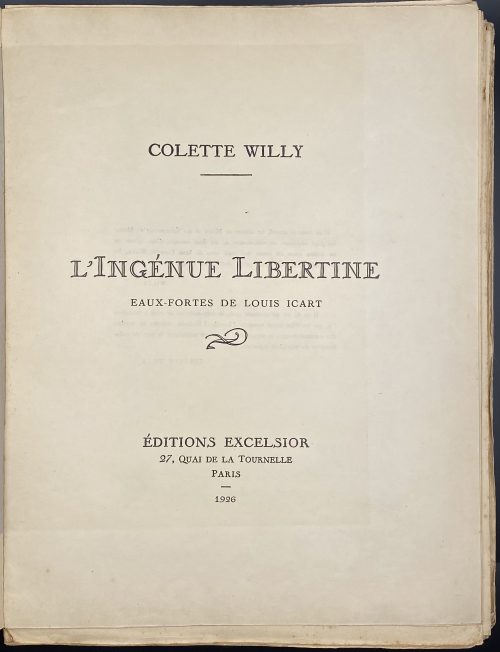
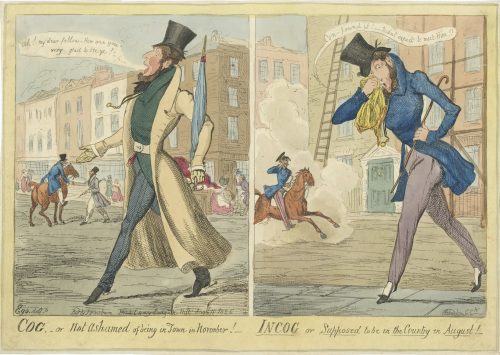
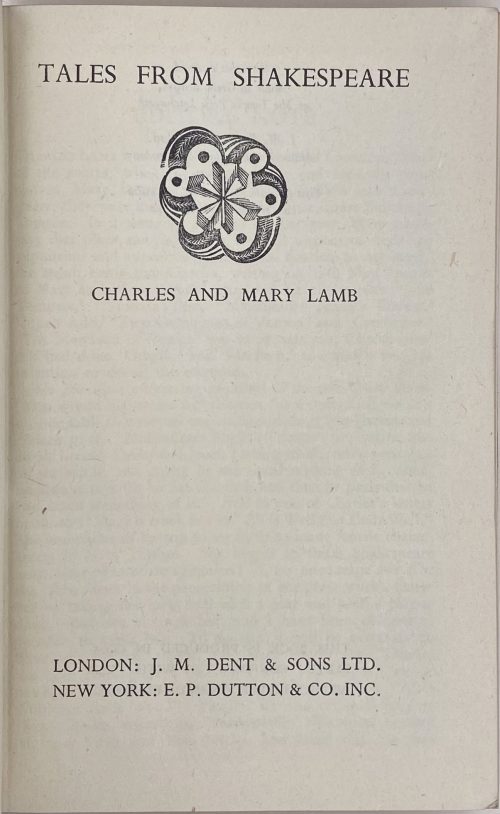

![Война мышей и лягушек. Батрахомиомахия / Пер. с древнегреческого, вводн. стат. и коммент. М.С.Альтмана. Иллюстр. А. И. Порет, переплет и обложка по ее же рисункам. С суперобложкой. — М.-Л.: Academia, 1936. — XV, [I], 21, [2] стр. (Античная литература под общей ред. Д. А. Горбова и В. О. Нилендера.](https://varshavskycollection.com/wp-content/uploads/2021/02/LIB-0985.2016-a-500x706.jpeg)
